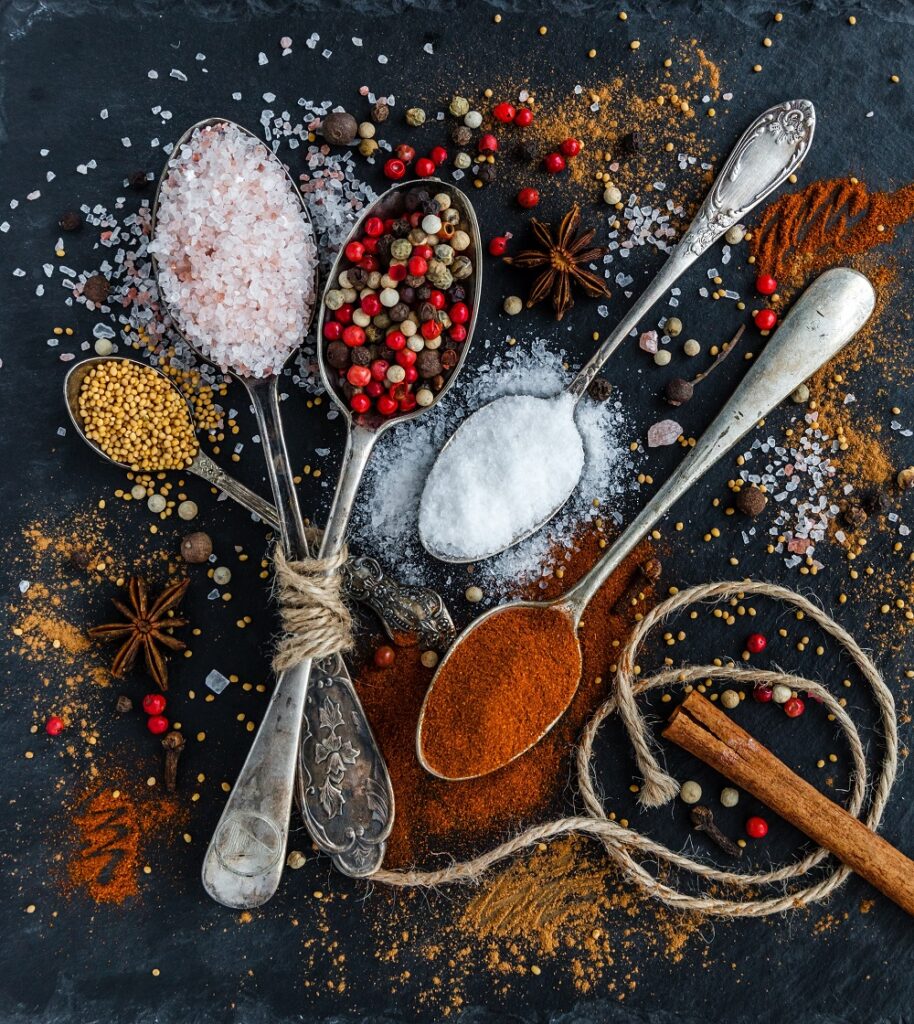
Spices have played a significant role in European culinary traditions, transforming ordinary dishes into extraordinary creations. These aromatic treasures have a rich history, intertwined with the exploration, trade, and cultural exchange that shaped the European continent. In this article, we delve into the fascinating history of European spices, tracing their origins, discovery, and eventual integration into European cuisines. We will also explore their modern uses and how these spices continue to enhance and inspire contemporary culinary creations.
The Ancient Spice Trade
The allure of spices dates back to ancient times when they were highly valued commodities. Europeans’ quest for spices led to the exploration and establishment of trade routes, connecting the continent with the exotic lands of the East. The ancient spice trade, dominated by civilizations like the Phoenicians and Romans, introduced spices such as pepper, cinnamon, ginger, and nutmeg to Europe. These precious spices were not only used to enhance the flavors of food but were also associated with status, wealth, and medicinal properties.
The Age of Exploration
The Age of Exploration in the 15th and 16th centuries marked a significant turning point in the European spice trade. Seeking new trade routes to bypass monopolies and gain direct access to spices, explorers like Vasco da Gama and Christopher Columbus set sail. Their journeys not only expanded European knowledge of the world but also introduced them to new spices such as cloves, cardamom, and turmeric. The demand for spices fueled a spirit of adventure and trade, leading to the establishment of colonies and the emergence of European spice empires.
Integration into European Cuisine
As European powers established trade networks, spices became more accessible, and their use in culinary traditions grew. Spices became essential ingredients in European cuisines, adding depth, flavor, and complexity to dishes. The aromatic warmth of cinnamon infused desserts and baked goods, while cloves and nutmeg enhanced savory recipes. Mediterranean cuisine embraced the flavors of oregano, thyme, and rosemary, while the distinctive taste of paprika became synonymous with Hungarian dishes. These spices not only added flavor but also influenced cultural identities, with regions developing unique spice profiles and signature dishes.
Modern Uses and Culinary Exploration
In modern times, European spices continue to captivate chefs, home cooks, and food enthusiasts alike. While traditional recipes still showcase the historical uses of spices, contemporary culinary exploration has led to innovative applications and fusions of flavors. Chefs experiment with unexpected combinations, blending traditional European spices with global influences, creating exciting gastronomic experiences. Today, European spices are used in a wide array of dishes, from hearty stews and roasts to delicate pastries, cocktails, and even savory ice creams.
Moreover, the health benefits and nutritional properties of spices have gained attention. Many European spices, such as turmeric, ginger, and rosemary, are known for their antioxidant and anti-inflammatory properties. These spices are incorporated into health-conscious recipes, functional foods, and wellness beverages, reflecting the growing interest in holistic approaches to cooking and well-being.
In addition to culinary uses, European spices have found their place in other industries. Perfumes, cosmetics, and natural remedies utilize the aromatic qualities and medicinal properties of spices, connecting the historical significance of these treasures to modern-day practices.
The history of European spices is a testament to the human fascination with flavor, exploration, and cultural exchange. From ancient trade routes to the modern fusion of culinary traditions, European spices have left an indelible mark on the continent’s cuisines. Today, these spices continue to captivate the palates of food enthusiasts, chefs, and home cooks, offering a world of flavors and possibilities. Whether used in traditional recipes or innovative culinary creations, European spices add depth, complexity, and a touch of history to dishes. As we savor the rich heritage of European spices and their modern uses, we embrace a connection to the past while embracing the endless potential for culinary exploration and delight in the present. So, let the aromatic allure of European spices inspire your culinary adventures, as you embark on a journey of flavor and tradition in your own kitchen.
Generated by ChatGPT